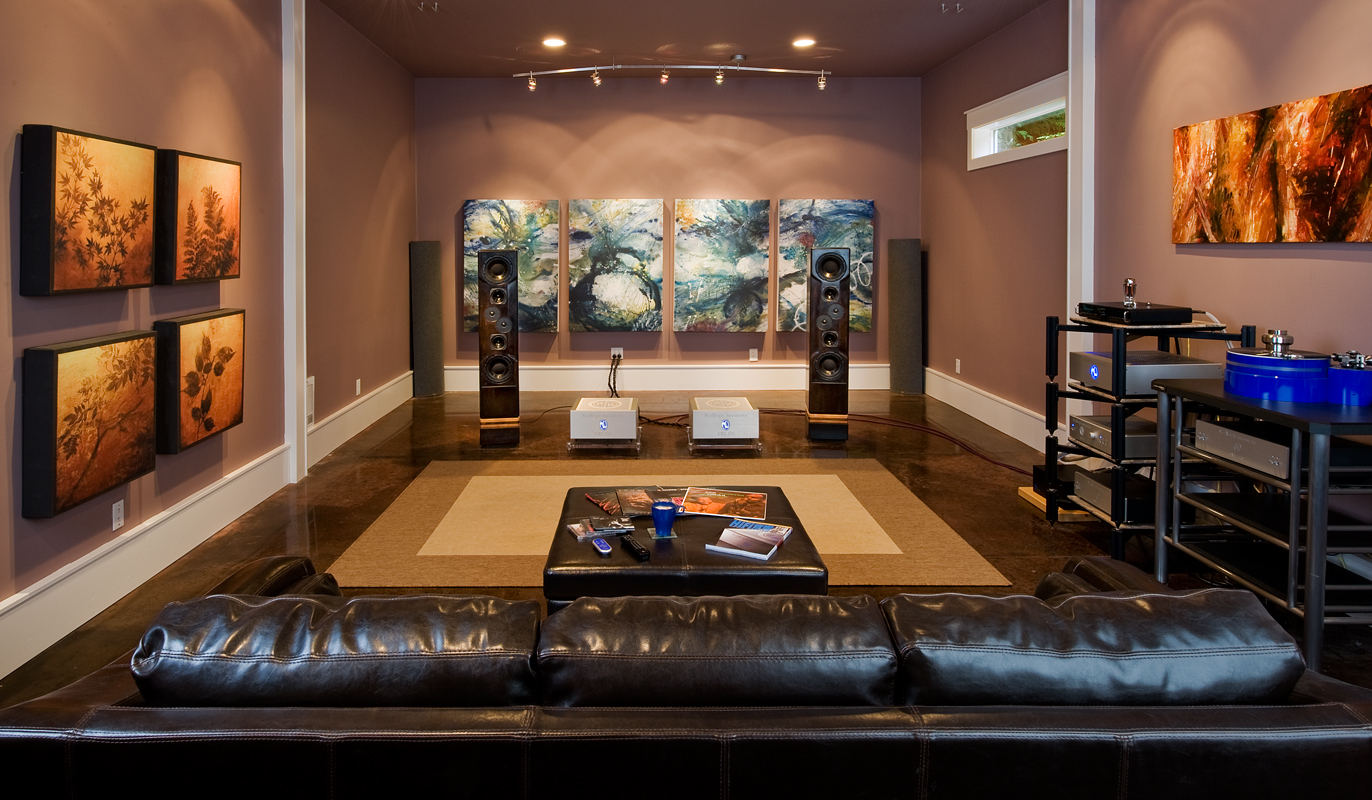

Minor imperfections are your friendsor anyway, they're my friends. They can make music, or the experience of listening to it, better by rooting it in something real, that sounds real. They're distinctive aspects of your room's sonic character. If the room is too reflective, add some well-stuffed furniturejust not leather, which reflects sound.īut some subtle sonic imperfections are best left alone. If you've got a big honkin' bass mode at 60Hz or 80Hz, or a window that vibrates at your normal listening levels, deal with it, preferably via genuine acoustical means. I'm not suggesting you should leave your listening room alonenot necessarily.


Multichannel is a more perfect system, but I distrust perfection. I like the fact that two-channel audio is a big, imperfect mux that nevertheless works really well. But in two-channel audio, reflective walls and other imperfections are an intrinsic part of the experience. A sonically neutral space is desirable for multichannel audio, where so much ambient information comes from the six or eight or however many speakers arrayed all over the roomone reason I never went in for multichannel despite its theoretical superiority. It's a valid aspiration, but I don't completely share it. Such trade-offs are a good example of how listening rooms are never perfect: Increase the rigidity of the walls and floors to reduce the amount of delayed energy, or to better soundproof the room, and you end up reducing absorption, worsening room resonances.Ĭonventional wisdom says that listening rooms should disappear sonically so that the recorded acoustic space can be projected into the room more convincingly. But if it's released back into the room as audible vibrations, the room can sound subtly off in ways that can be hard to pinpoint. If the energy is dissipated as heat, you're in good shape. A problem many people think less about is material resonancessoft spots in suspended floors thin, casually installed sheetrock a loose window a pianoall can absorb energy and then release it back into the room as sound, creating distortions not only in frequency but also in time.Ībsorptive surfaces, including flexible walls, can be good: They can lower the Q of room resonances, making the peaks and valleys broader, the changes in the bass response from place to place and frequency to frequency less severe. Real-world listening rooms have other problems, of course, besides room resonances. I guess that's why you're the editor of Stereophile." Here's hoping that all those other reviewers were more polite than I was, not deafer. When I described what I heard to my host, he said "You're the first person to notice that. The note was well up in the bass's range, so its absence was exceedingly easy to hear. Why did this happen? Apparently, my listening chair was positioned precisely at a null point of a standing wavea room resonanceand the symmetry and size of the room, the symmetry of the setup, and the rigidity of the room's construction made the destructive interference at that location especially intense. It was an important, repeated note, and it was totally MIA. On a track selected by the company to demonstrate the excellence of their new loudspeakerand indeed the new loudspeaker was excellenta note went missing from the bassline. It was a day of new-product demos, and I was the latest in a long procession of audio reviewers being hosted by the company in one-hour listening sessions. The only thing in doubt is whether those deviations from neutrality are serious enough to detract from the pleasure you take in your music.Ī few months before the plague hit, early on a sunny afternoon, I was at the headquarters of a well-known audio company, seated in the sweet spot in a small listening room. Play an immaculately recorded piece of music, in any room, and no matter how fancy and expensive your audio system is, some bass notes will be too loud while others are too soft. Favorable dimensions, sound-absorbing furnishings, room treatments, signal processingmany things can mitigate the problem, but it can never be eliminated. Every domestic listening room shares the same basic problem: Its most fundamental natureits size and shape, the amount of space it carves outresults in resonances that can profoundly alter the sound of reproduced music, especially in the bass (footnote 2). Not that there's such a thing as a perfect listening room. I like real, imperfect things (footnote 1). Their character arises from their defects. Listening rooms are real, imperfect places.


 0 kommentar(er)
0 kommentar(er)
